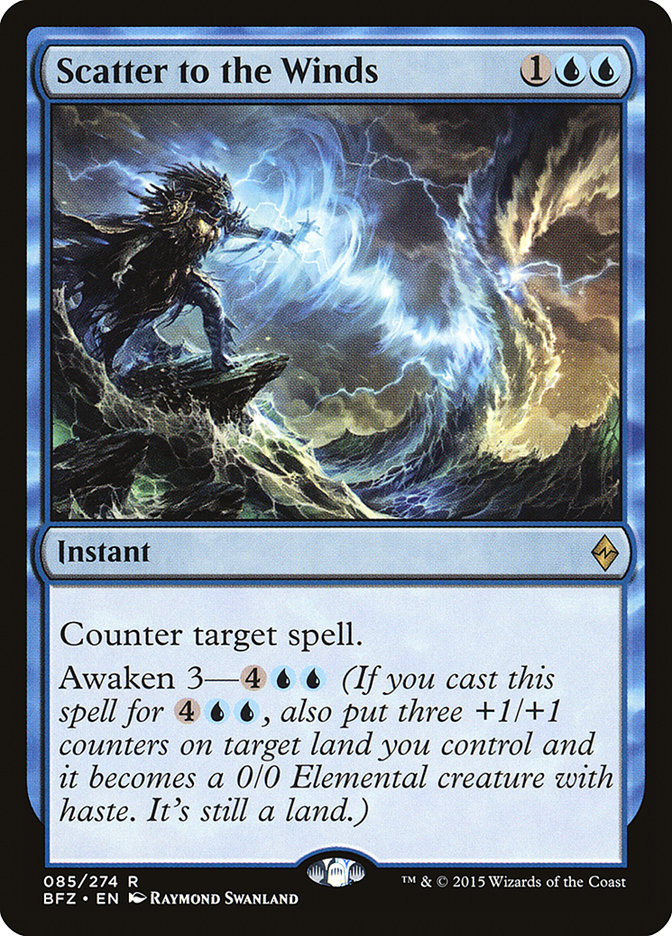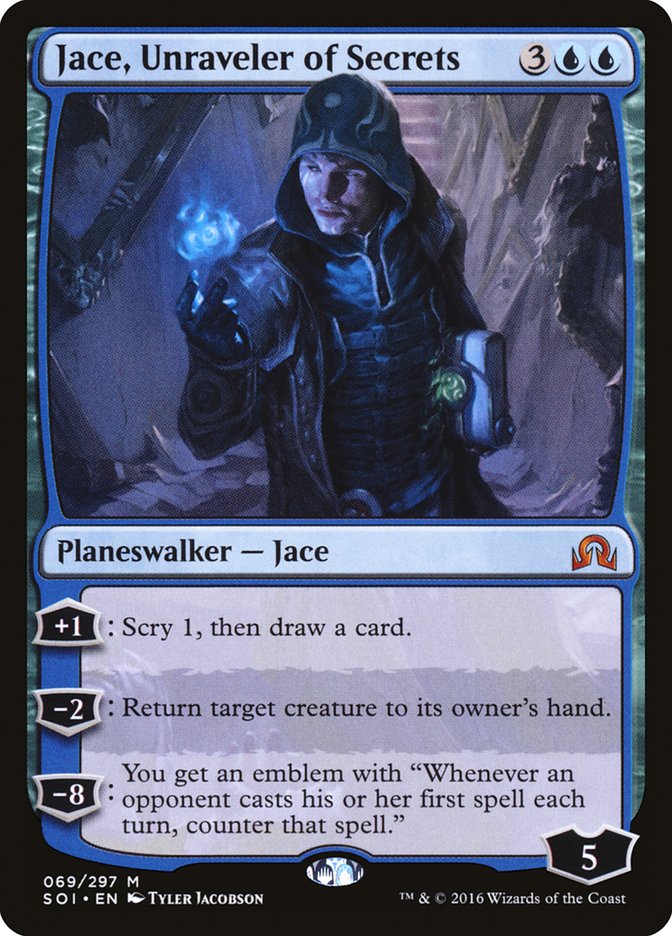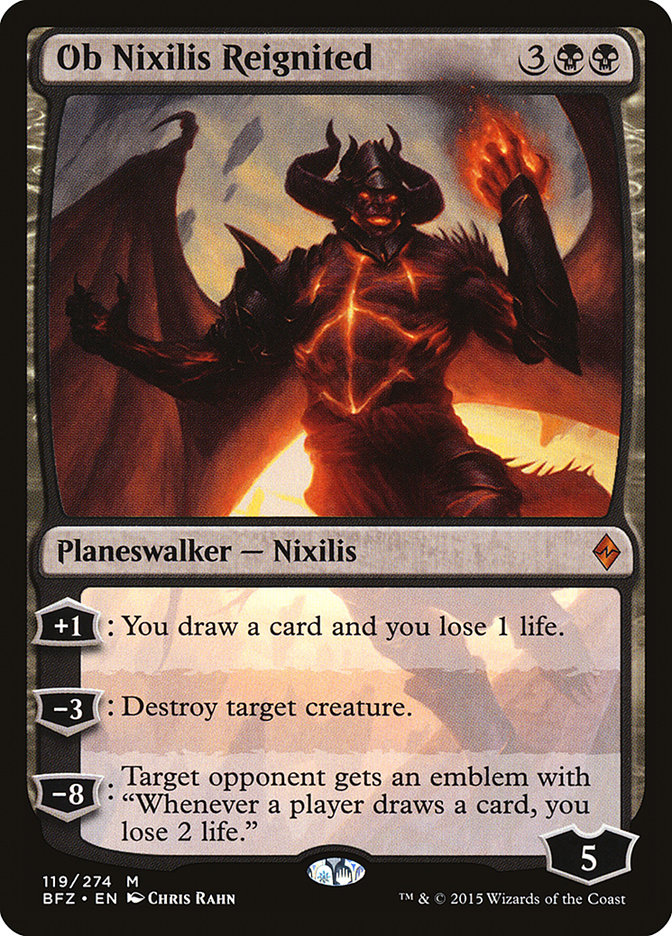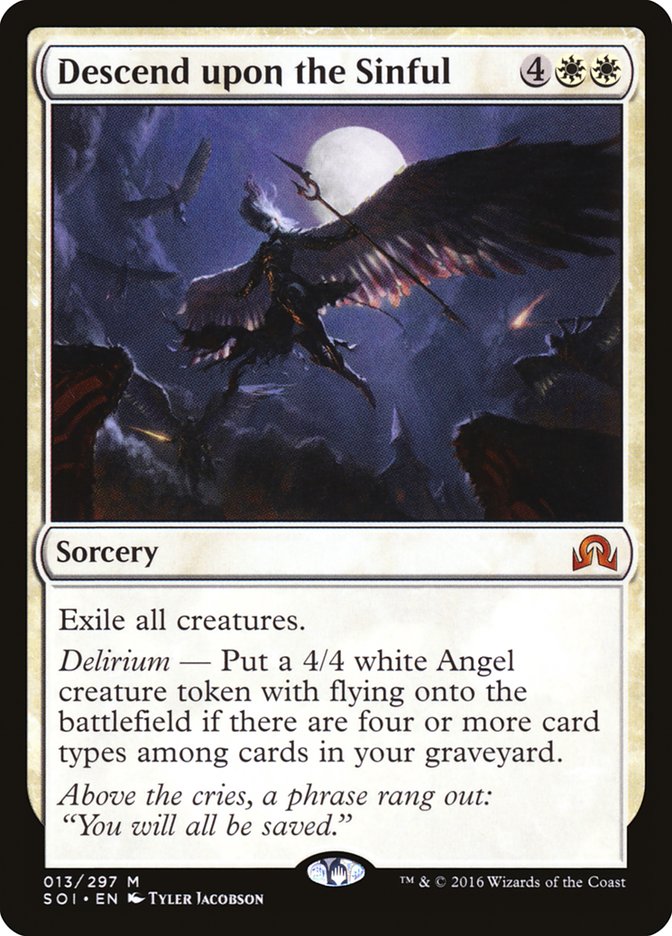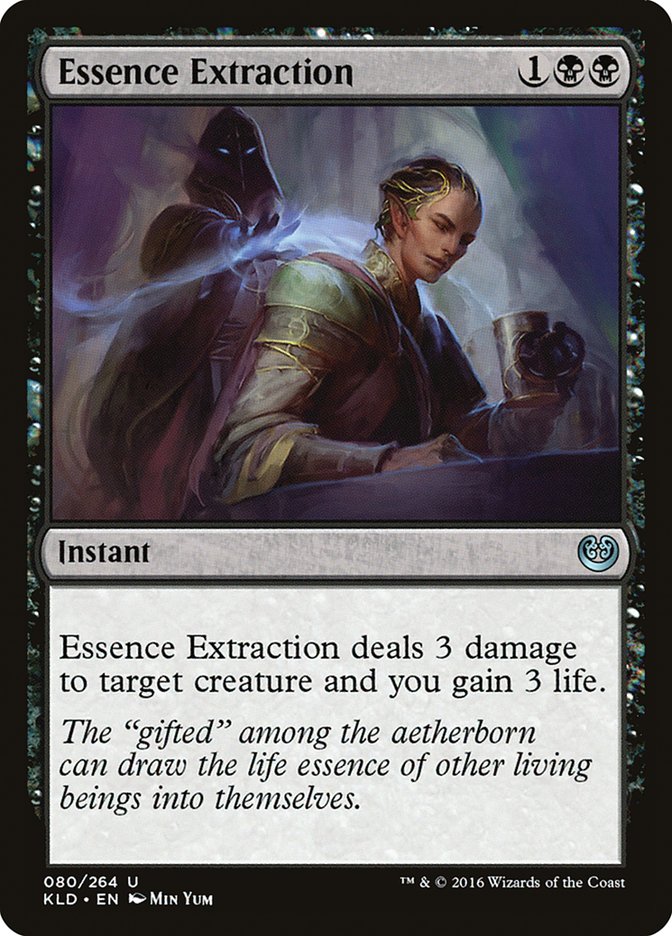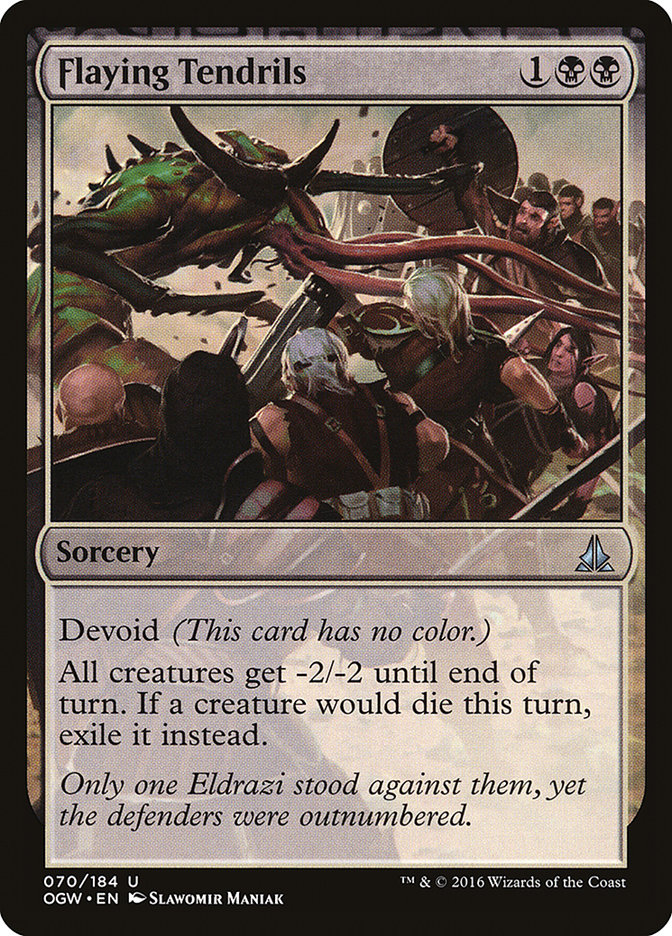The SCG Tour visited Indianapolis this past weekend and the world got a front-seat view of Standard with the addition of Kaladesh. I bet the participants of #SCGINDY, and the fans, were very shocked when all they could see at the top tables were different shades of aggressive decks. That is the world we live in currently, and it has been that way for quite some time.
Creatures (21)
- 4 Thraben Inspector
- 4 Selfless Spirit
- 3 Depala, Pilot Exemplar
- 2 Pia Nalaar
- 4 Toolcraft Exemplar
- 4 Veteran Motorist
Lands (24)
Spells (15)

Creatures (21)
- 4 Thraben Inspector
- 3 Selfless Spirit
- 4 Depala, Pilot Exemplar
- 2 Pia Nalaar
- 4 Toolcraft Exemplar
- 4 Veteran Motorist
Lands (8)
Spells (31)

Outside of a “midrange” G/B Delirium deck, the entire Top 8 could make the game unwinnable for any opponent before turn 4. There were Humans, Vehicles, Aggro, and whatever else you want to call it, as the R/W variants that were pushed from the designers of the set. The Top 8 contained six of these decks, which make me sad as a deck designer. I wasn’t upset because aggro dominated the field (well, sort of) but because the ingenuity simply wasn’t there this first week. I didn’t get to see that exciting Sultai Control or Temur Emerge deck crash into the scene from left field. Luckily for us, there is a beautiful silver lining to counteract the mundane.
When the field is this easy to predict, multiple variations of control can be built to combat the metagame effectively. With Pro Tour Kaladesh on the horizon, the metagame has the potential to heavily shift again, but I have some credible sources that insist the field will remain dominated by the most aggressive decks. There will always be a wild Seasons Past Finkel deck or R/G Goggles Nelson strategy that charges through the highest-level event in the game; however, the dust will settle and people will play these aggressive decks once again. We saw that with G/W Tokens for an entire season, which was replaced with another heavy creature deck in Bant Company. Regardless of this Pro Tour’s flavor, I’d wager the control decks you’ll see featured here can be fine-tuned to be very effective.
I had a quasi-depressing moment a few days ago while reading the tweets of my buddies. I saw all these statuses related to their excitement in Honolulu with the Pro Tour quickly approaching. One of my best friends back in Hampton Roads is getting married that same weekend. I found out the dates were conflicting at Pro Tour Eldritch Moon, and quickly began to brainstorm ways to make both happen.
It didn’t work.
I gave my friend a call, felt out the “what if I can’t make it” line, and he responded like any other best friend would. Did I mention I am the best man? The door quickly slammed shut on my Pro Tour Kaladesh plans, so I messaged Helene Bergeot and pleaded to shift my invite. She graciously gave me the green light and I accepted the fact that this year would be a tough one to achieve Gold or higher. I went to way too many GPs last year (one in Brazil!) to get back to the Pro Tour, but it was still well worth it. I’ll be in Dublin early next year and at least one Pro Tour of my choosing with my Silver invite.
This year I will be making a more concerted effort to perform well on the SCG Tour and spike another SCG Invitational in the near future. With a new, hectic job, I simply don’t have the time to fly around the world like the young adult version of me did many years ago.
My Control Choices
So what do we do? There has to be a control answer and the deck I promoted in my last article has been very strong against R/W Aggro.
Creatures (9)
Planeswalkers (7)
Lands (22)
Spells (22)

The main weakness that R/B Control has versus a field of aggression is the lack of a third color for Radiant Flames. The maindeck and sideboard have changed some since my last article, but the major components are still intact. I’ve upped the amount of Kalitas, Traitor of Ghet; added four copies of Galvanic Bombardment; and reduced the low-impact cards against aggro that were in the maindeck. After playtesting against updated variations of R/W Aggro, I’ve gained a level of confidence with this deck and know it has true potential. You can read about the advantages from the older article, but today I wanted to hit you all with some control alternatives.
Creatures (4)
Planeswalkers (5)
Lands (23)
Spells (28)

Creatures (1)
Planeswalkers (9)
- 1 Ob Nixilis Reignited
- 1 Jace, Unraveler of Secrets
- 2 Sorin, Grim Nemesis
- 2 Liliana, the Last Hope
- 3 Dovin Baan
Lands (23)
Spells (27)

Let’s Talk U/B Control
I posted lists similar to these on social media not too long ago to give my blue mages the love they deserve. I think that BR Control is the most viable option, but these two lists can be tweaked to answer the dilemmas we face in an aggressive world. U/B Control has the Torrential Gearhulk engine as the base, using powerful instants to hold down the fort early and have high impact late. Flashing in this mammoth of a creature and countering a spell is devastating for any opponent.
The use of Scatter to the Winds over Void Shatter was a tough choice for me. If I were to choose a counterspell for Esper Control or another tapout control strategy to play, it would definitely be Void Shatter. Scatter to the Winds is a powerful spell for a flash-style control deck, giving you creature-lands and win conditions where that wouldn’t normally be possible.
The win condition package includes a few planeswalkers that join forces with our flashing ‘Hulk. Liliana, the Last Hope seems low in power level in this deck, but buying back Torrential Gearhulk is a very powerful action. The three-drop slot is covered with flash components; however, there is always time to slam a planeswalker in one of my control brews.
The removal, card draw, and generic answers all come in the form of instants, except Ruinous Path. Ruinous Path is a card control decks can’t leave on the bench, because even in an aggressive world, there will always be opponents who try to stick to their favorite planeswalkers. Control historically struggled against resolved planeswalkers and that is no different today. Outside of the powerful planeswalkers and Ruinous Path, the deck operates on the opponent’s turn, so this is for you reactive control players out there.
Let’s Talk Esper Control
I only lasted a few days without posting an Esper Control list. We all knew it was coming, but this time it is number three on my list of decks I’d play in the current metagame. This is still a deck that has an extremely high power level, but with the loss of Dark Petition, the consistency dropped. Esper Control operates in a similar fashion as it did before; making land drops with Oath of Jace and Take Inventory (Jace, Vryn’s Prodigy downgrade) and surviving with spot and/or mass removal until the planeswalkers arrive.
Emrakul, the Promised End is still the best finisher that control can muster up, though the tutoring aspect has disappeared. Green decks still have the ability to use Traverse the Ulvenwald to fetch up the team captain, but other colors don’t have that luxury. I used to play Coax from the Blind Eternities as an alternative way to retrieve our Eldrazi friend; but it is just worse than an additional Emrakul, the Promised End now that you can’t flash it back or reveal it with Narset Transcendent.
Delirium is still a place we need to be in a deck like this to make Emrakul, the Promised End viable. Since we are shooting for delirium, cards like Descend upon the Sinful gain a ton of stock in this shell. My controversial statement on Twitter got me into a friendly discussion with my buddy Mike Flores, where I declared Fumigate as “much weaker” than Descend upon the Sinful in the majority of cases. Even against the fastest decks, Descend upon the Sinful outperformed the cheaper battlefield clearer over and over.
There were times where my life fell to three instead of nine, but the 4/4 Angel was worth the six life points. In other situations I found myself facing an army of Prized Amalgams and Haunted Deads, which requires a mass exile for survival. I had four copies of Fumigate in my posted Esper Control list on Facebook, but now the number has split to make room for a more expensive sorcery. Fumigate is still a key part of control strategies in Standard; however, it did a very poor job plugging the hole that Languish left.
The Sideboards
The sideboards for both blue-based control lists include many copies of Kalitas, Traitor of Ghet; Essence Extraction; and Flaying Tendrils. These are the three black staples that will help keep you alive in the aggro-dominated world we live in currently.
The rest of the sideboard best matches the needs of each deck. U/B Control wants plenty of instants, where Esper Control doesn’t really care either way. The best news for blue mages is that they don’t have to play Lost Legacy because of the access to Summary Dismissal. Lost Legacy is a real stinker that must be used in B/R Control to answer the threat of Emrakul, the Promised End once and for all.
Sideboarding in this Standard has been a lot more intuitive than in previous seasons. Each removal spell, counterspell, and graveyard hate spell has a clear role to play. On the other side, the cards in the maindeck are easy to gauge in terms of effectiveness after playing a few games against any particular matchup.
Having success with control in this format truly boils down to continued modification. If you are facing aggressive decks in six out of seven rounds of your local tournament, you will probably have to cut Take Inventory and play additional removal spells in your Esper Control deck. Since I am focusing on B/R Control at the moment and because Pro Tour Kaladesh could shake the metagame up a bit, I wanted to leave these two control decks in their optimal forms. I hope you all enjoy these different takes on control for your upcoming local tournaments, Regionals, or Pro Tour!




